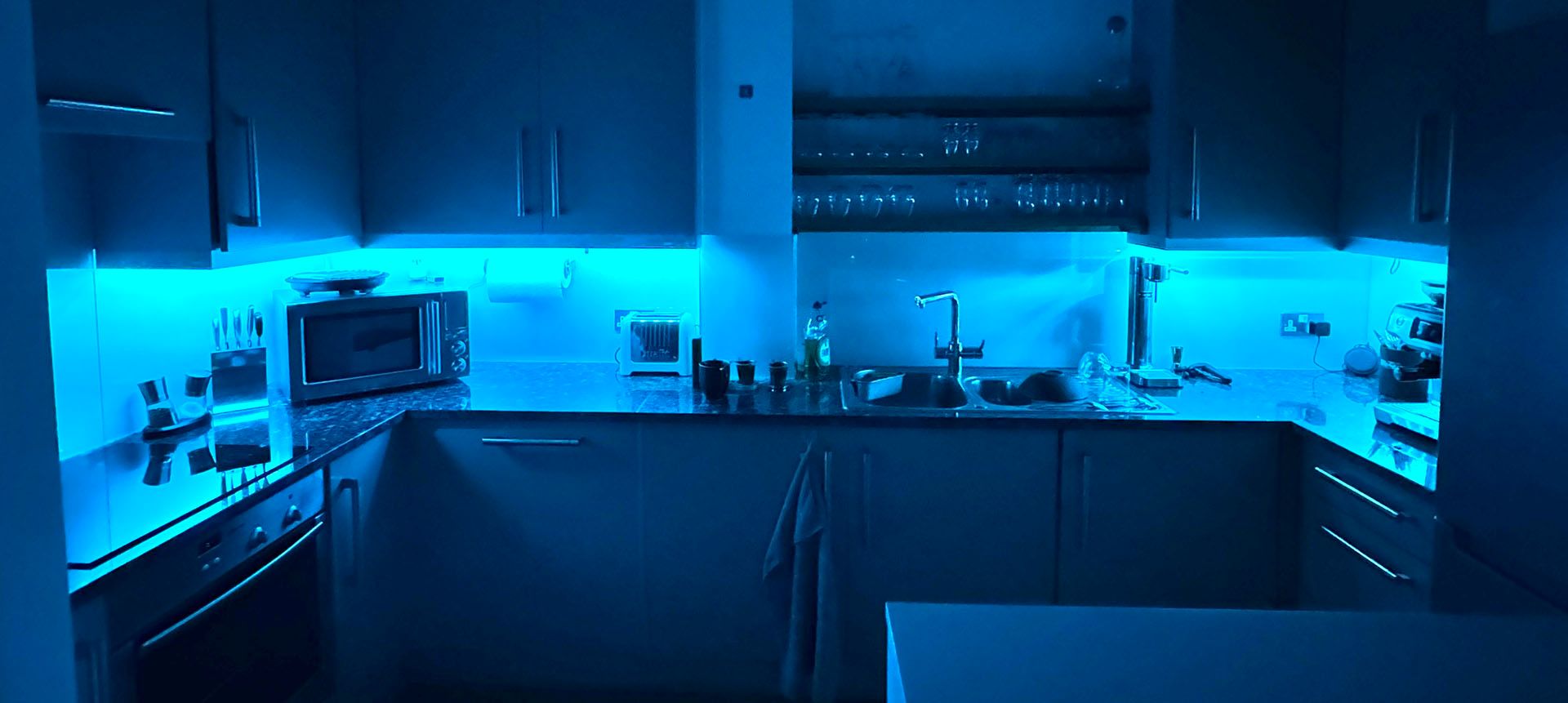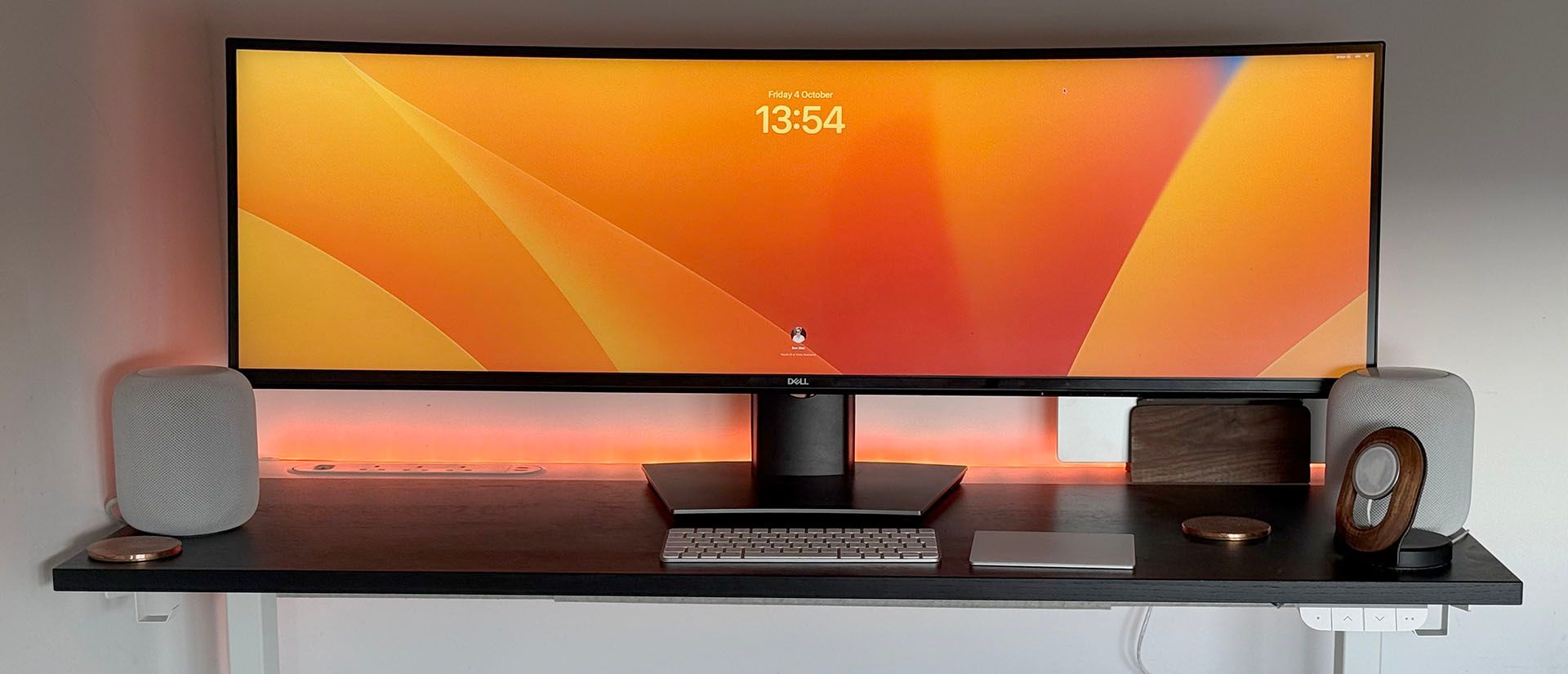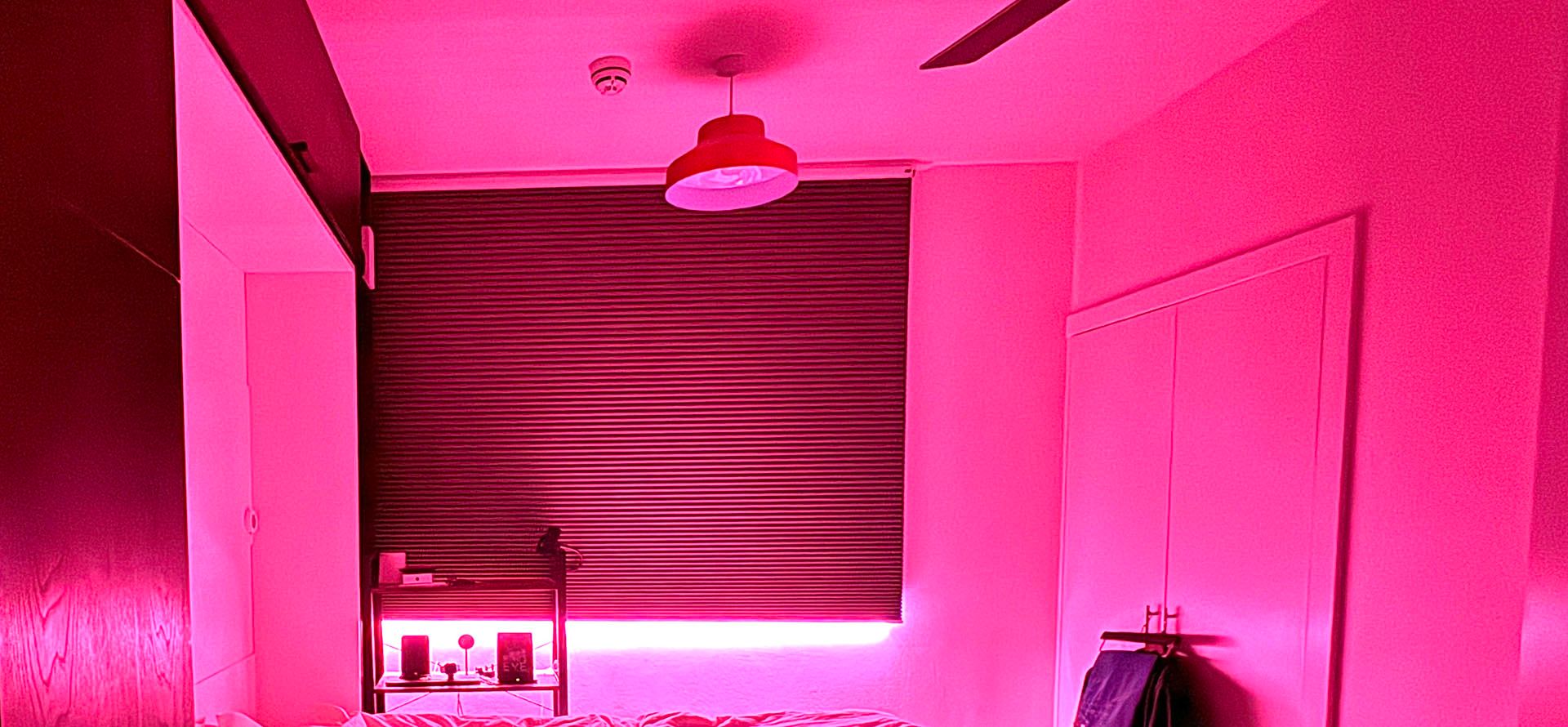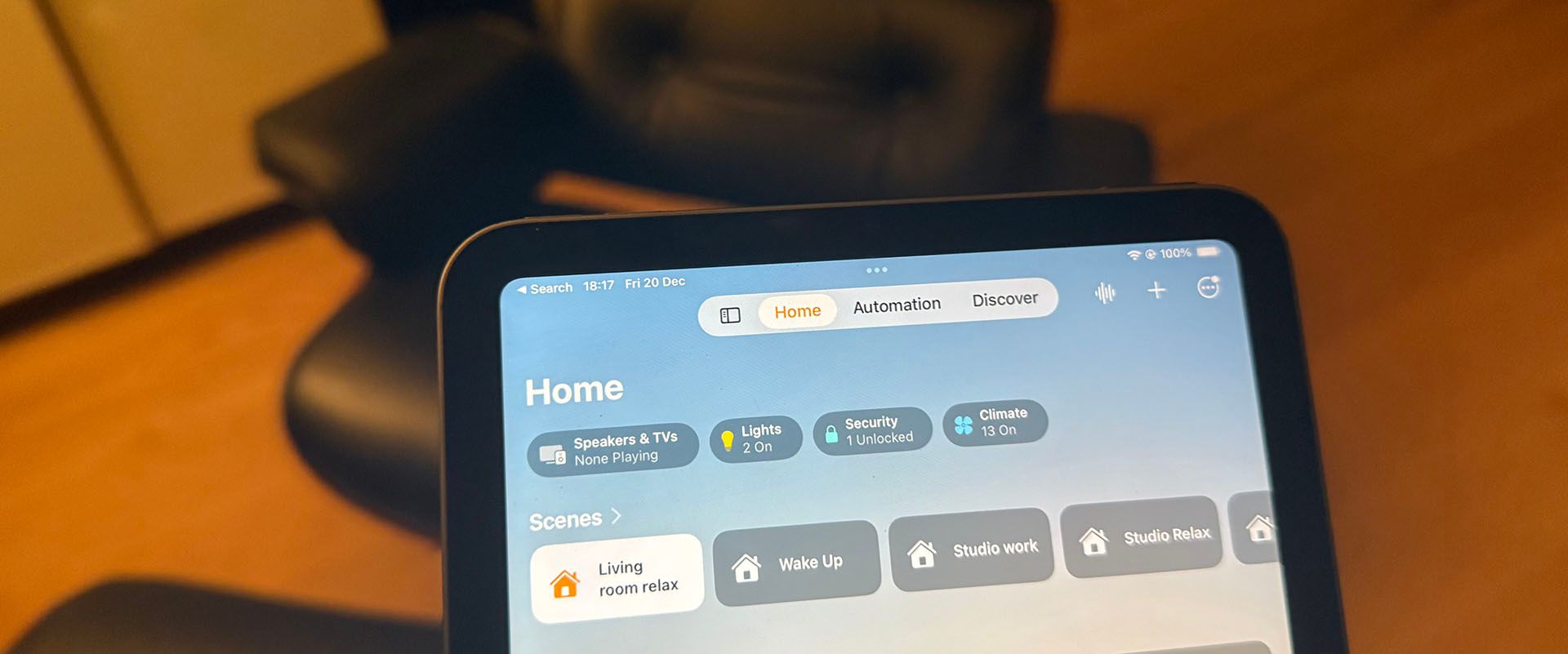Summary
- Reviewing your smart home setup can help you take stock of what works, what doesn’t and what you want to achieve in the years ahead.
- My biggest mistake was to spend big on smart blinds throughout my apartment, since I’m now moving and the made-to-measure window coverings can’t come with me.
- In 2025, I plan to expand my smart lighting to include even more color-changing light strips and mix up my window coverings with smart blinds and curtains.
I tend to use the start of a new year to review past decisions, and make new plans—and that includes my smart home setup. Here are the lessons I’ve learned, and the decisions I’ve made.
Annual Reviews Are a Habit I Highly Recommend
I’m a great believer in using the new year as a prompt and an opportunity to look at the past and future. Looking back at the previous year, I review key decisions I made, and the progress I’ve made with the plans I had when the year began. Looking forward, I make new plans, set new priorities, and give myself a new focus for the year.
Your smart home setup might seem like a rather trivial thing to include in this sort of exercise, and that’s true to a degree. I certainly don’t review my smart home every year; more like every few years. But I do think the topic deserves that much, for one very simple reason: our home is one of the most important influences in our life.
We spend more time there than anywhere else, and even relatively trivial pleasures or irritations can have a disproportionate impact on our experience of everyday life, and that certainly includes our smart home setup.
My Best Smart Home Decision
There are a lot of things I really like about my smart home. I like that my bedroom blind automatically opens in the morning just enough to gently wake me without being blasted by light or sound. I like that my entrance lights come on when I return home and unlock the front door.
I like that a single voice command sets all my living room lamps to the exact brightness and color temperature needed to create a relaxing atmosphere. I like that I can switch off my bedroom lighting with a voice command from in bed. I could go on.
But if there’s one smart home decision I appreciate more than any other it’s the fact that I chose to use color-changing light strips for so much of my lighting.
I have two of them providing under-cabinet lighting in my kitchen. I have one under the windowsill of my bedroom, providing soft mood lighting. I have one as my wardrobe lighting, running both across the top and down the side. I have one on the rear edge of my desk which pulls double duty as part of my working light setup and as accent lighting. And I have plans for more!
To me, these strips provide a number of benefits. First, they provide a lot of lighting in a single product. A single strip light can provide light over six feet or more. The two under-cabinet lights in my kitchen, for example, provide all the lighting I need for everyday things like making tea and getting drinks out of the fridge, only requiring the addition of spotlights while actually cooking.
Second, because they are designed to provide indirect lighting, they give soft light. The light is always bounced off a wall or ceiling, giving a pleasant glow.
Third, the ability to control the color makes them really effective as mood lighting. Setting lighting to blue or purple gives a really modern, stylish look, while simply changing the color to orange makes for a very cozy ambiance in winter. That’s true of any color-changing smart lighting, of course, but the effect is amplified by running along a whole section of the wall.
My Worst Smart Home Decision
I mentioned how much I love the smart blind in my bedroom. I have a “Wake Up” scene to open it about 20% at first, and to fully open later, and that’s by far the most gentle way I’ve found to wake up in the morning. Smart blinds also have many other benefits, and I remain a big fan of automated window coverings.
But choosing to equip every window in my apartment with smart blinds was the worst smart home decision I’ve ever made, for a couple of reasons.
First, and most importantly, is the expense involved in doing this. My current apartment has a lot of floor-to-ceiling windows, and the total cost ran into many thousands of dollars. Since they were all made-to-measure, I can’t take them with me now that I’m moving house. That means they’ve cost more than a thousand dollars a year, and that’s a hard sum to justify in retrospect.
Second, they are battery-powered, and the sheer number of them means that I seem to spend half my life changing the batteries! That’s in part because I have automations that activate all the blinds at least twice in the course of every day, but there’s no point having smart blinds if you don’t automate them.
The nature of smart blinds means that the batteries are housed at the top of the windows, requiring a stepladder or precarious balancing act on furniture, making it more of a chore than is the case for most battery changes. With the benefit of hindsight, I’d be more selective in mixing and matching smart and manual versions of the same blinds.
I still love the benefits, but I think next time I’m going to opt for a mix of smart blinds and smart curtains to reduce both the cost and the battery-changing regime.
Other Lessons I’ve Learned
One simple lesson I’ve learned over the years is to always get color-changing bulbs, even when I see no real reason to do so. I initially thought of color bulbs as the exception, providing some accent lighting here and there, while most lights could be white. Over time, however, I’ve come to find that the ability to set the exact color I want makes a big difference to the look and feel of a room at night.
Sometimes, that’s just choosing a warmer yellow light, for which you’ll need smart bulbs at least color temperature and brightness controls. Other times it’s going all-in on a particular funky color, and on occasion it’s music-synced nightclub-style lighting for parties! Almost every white smart bulb I bought has been subsequently replaced by a color version.
Another lesson I’ve learned it that normal human beings find smart homes more daunting than I would have imagined. While I’d be happy with an almost exclusive mix of automations and voice commands, guests tend to be much happier with smart switches and physical remotes. I’ve gradually incorporated both.
My biggest lesson by far comes down to the choice of smart home platform. As with almost everyone, my smart home journey started very small and gradually evolved. I was smart enough early on to choose a single platform—HomeKit—and ensure everything was compatible with that. However, I wasn’t smart enough to realize that I would at some point outgrow it. So now I’m faced with the prospect of starting again, this time with Home Assistant.
In my case, I’m moving home anyway, so that’s a good opportunity to start with a blank sheet, but it would have felt like a much bigger deal otherwise.
What I Plan to Do Differently This Year
The big one, then, is to start again with Home Assistant. Having already felt at times like an unpaid network engineer, I can’t say that the complexity doesn’t worry me at all, and I’m fully expecting to do my share of swearing as I get to grips with a whole new world. I feel reasonably confident that it’s the right decision in the long run.
When I move home, I’m planning on having even more color strip lights! My plan is to fit them to the top of the picture railing running along both the living room and bedroom walls as the primary source of indirect lighting. Essentially I’m going to end up with a home in which striplights are the primary source of lighting, supplemented by a few conventional lights here and there.
Finally, as mentioned, I’m opting for a mix of smart blinds and smart curtains in my new home.
Whether it’s as simple as figuring out whether an extra smart light or two could make a difference to your home or as fundamental as considering a change of platform, consider conducting a review of your smart home setup and seeing what changes you can make in the new year to make things even better.




